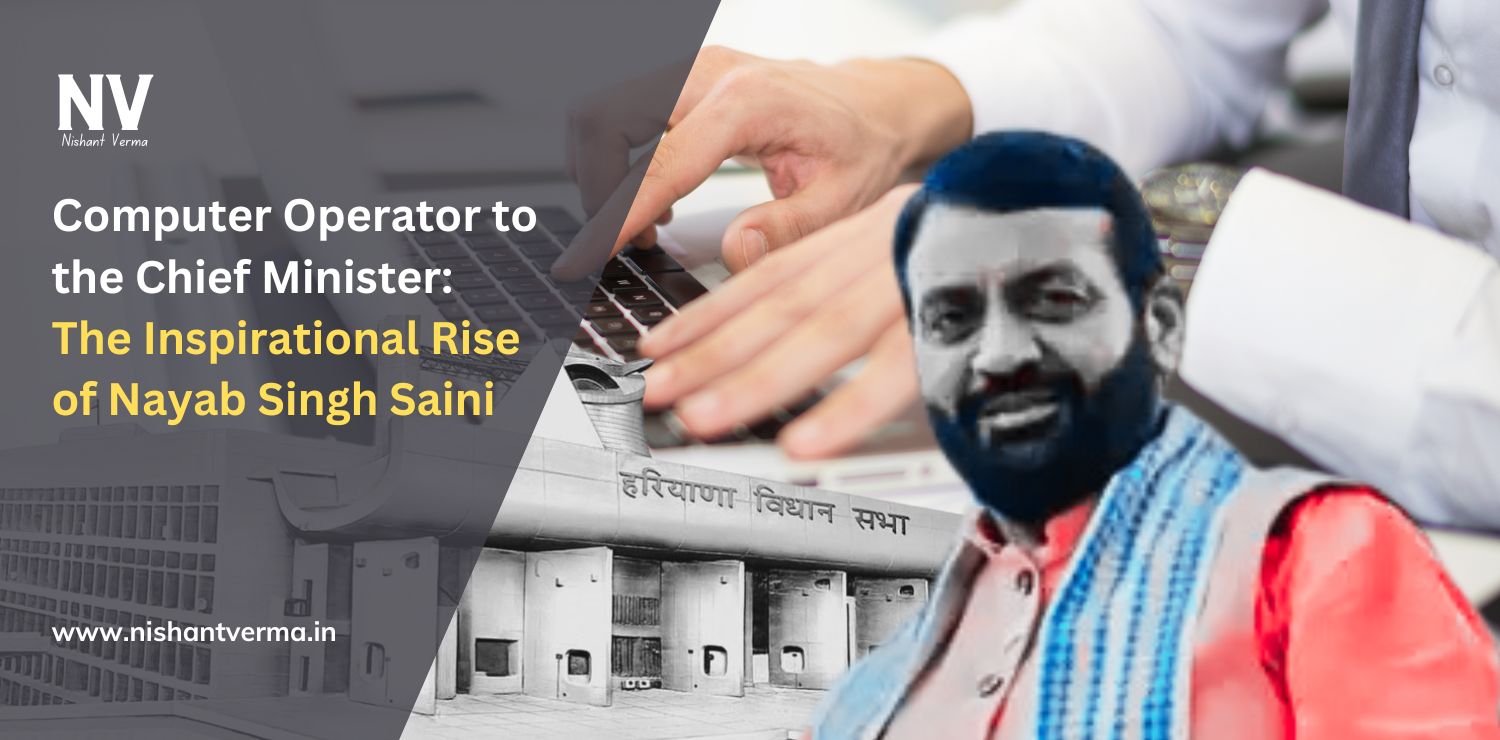Leadership is like a tapestry woven with various styles, and finding your unique thread in this vast fabric is a journey of self-discovery. This guide will unravel the mystery of leadership styles in simple and easy language. Whether you’re a new leader or have been steering the ship for a while, understanding different leadership styles and identifying your own can bring clarity and effectiveness to your leadership journey.

I. What is Leadership Style?
Defining Leadership Style:
- Your leadership style is your way of leading and influencing others. It’s the unique blend of behaviours, attitudes, and approaches you bring to the table as a leader.
Why It Matters:
- Your leadership style shapes how you interact with your team, make decisions, and navigate challenges. Understanding it helps you play to your strengths and adapt when needed.

II. The Common Leadership Styles
Authoritarian Leadership:
- The “I’m in charge” style, where decisions come from the leader, and there’s little room for input from the team.
Democratic Leadership:
- A collaborative approach where decisions are made collectively, involving the team’s input and opinions.
Laissez-Faire Leadership:
- A hands-off style where the leader provides minimal guidance, allowing the team to make decisions on their own.
Transformational Leadership:
- Inspiring and motivating the team to achieve greatness through a shared vision and passion.
Transactional Leadership:
- Based on exchanges, rewards, and punishments for performance. It’s a more transactional or task-oriented approach.
Servant Leadership:
- Putting the team’s needs first, emphasizing empathy, and supporting individual growth.
III. Understanding Your Leadership Styles
Reflecting on Your Behaviors:
- Take a moment to reflect on how you typically behave as a leader. Are you more directive, collaborative, or hands-off?
Soliciting Feedback:
- Ask for feedback from your team. Their observations can provide valuable insights into your leadership style.
Identifying Patterns:
- Look for patterns in your decision-making, communication, and approach to problem-solving. These patterns can reveal your dominant leadership style.
IV. The Strengths and Challenges of Each Style
Authoritarian Leadership:
- Strengths: Quick decision-making clear direction.
- Challenges: Lack of team input, potential for resentment.
Democratic Leadership:
- Strengths: Inclusive decision-making high team engagement.
- Challenges: Time-consuming, potential for indecision.
Laissez-Faire Leadership:
- Strengths: Allows team autonomy and fosters creativity.
- Challenges: Lack of direction, potential for disorganization.
Transformational Leadership:
- Strengths: Inspires innovation and strong team morale.
- Challenges: High expectations may be perceived as romantic.
Transactional Leadership:
- Strengths: Clear expectations, structured approach.
- Challenges: Limited flexibility, reliance on rewards or punishments.
Servant Leadership:
- Strengths: Fosters a positive work environment and supports individual growth.
- Challenges: Balancing individual needs with organizational goals.
V. Embracing Flexibility in Leadership
Adapting to Situations:
- Recognize that no single leadership style fits all situations. Adaptability allows you to tailor your approach based on the moment’s needs.
Flexibility in Communication:
- Adjust your communication style to resonate with different team members. Some may prefer direct communication, while others thrive on collaboration.
Context Matters:
- Consider the context of your organization, team, and the specific task. What works in one scenario may not be as effective in another.
VI. Identifying Your Leadership Strengths
What Comes Naturally:
- Identify the aspects of leadership that come naturally to you. Your strengths lie in the areas where you feel most comfortable and confident.
Feedback from Successes:
- Reflect on past successes. What leadership strengths or behaviours contributed to those achievements? Your successes hold clues to your strengths.
Passion and Purpose:
- Connect with your passion and purpose as a leader. What aspects of leadership align with your values and drive?
VII. Developing Your Unique Leadership Style
Building on Strengths:
- Focus on building on your existing strengths rather than trying to fit into a pre-defined leadership mould.
Continuous Learning:
- Embrace a mindset of continuous learning. Seek leadership training, read about different styles, and stay curious about evolving leadership trends.
Mentorship and Guidance:
- Seek mentorship from leaders you admire. Their guidance can provide insights and help you refine your unique leadership style.

VIII. The Role of Emotional Intelligence
Understanding Emotions:
- Emotional intelligence is key to effective leadership. Understand your own emotions and those of your team members.
Empathy in Leadership:
- Cultivate empathy. Understand the perspectives and feelings of others to build strong connections within your team.
Self-Regulation:
- Develop self-regulation. Stay calm under pressure, make thoughtful decisions, and maintain a positive work environment.
IX. Real-World Examples of Leaders Embracing Their Unique Styles
Steve Jobs (Transformational Leadership):
- Steve Jobs, co-founder of Apple, embodied transformational leadership with his visionary approach and ability to inspire innovation.
Warren Buffett (Democratic Leadership):
- Warren Buffett, CEO of Berkshire Hathaway, is known for his democratic leadership style, often seeking input from his team and making decisions collaboratively.
Richard Branson (Laissez-Faire Leadership):
- Richard Branson, founder of the Virgin Group, exhibits a laissez-faire style, allowing his team considerable autonomy and fostering creativity.
X. Leadership Styles in Various Contexts
Small Business Leadership:
- Small business leaders often wear multiple hats, requiring a flexible leadership style that adapts to the dynamic nature of small enterprises.
Nonprofit Leadership:
- Nonprofit leaders often benefit from a servant leadership approach, focusing on the community’s needs and fostering a sense of purpose among team members.
Educational Leadership:
- Educational leaders may blend democratic and transformational styles, involving teachers, students, and parents in decision-making while inspiring a shared vision for learning.
XI. Future Trends in Leadership Styles
Digital Leadership:
- As technology evolves, leaders must adapt their styles to effectively navigate the digital leadership and virtual work environments.
Cultural Diversity:
- Leaders will increasingly emphasize cultural diversity, recognizing the importance of inclusive leadership styles that value diverse perspectives and backgrounds.
Agile Leadership:
- Agile leadership, characterized by flexibility and quick adaptation, will become more prevalent as organizations navigate rapid changes in markets and technologies.
Conclusion
Leadership styles are not one-size-fits-all; they are as diverse as those who lead. Embrace the uniqueness of your leadership style, understanding that it’s an ongoing journey of growth and adaptation. By demystifying leadership styles and discovering your approach, you can lead authentically, inspire your team, and confidently navigate the complexities of leadership. Remember, the most effective leaders are those who are true to themselves while continuously evolving to meet the dynamic challenges of the ever-changing world of leadership.




